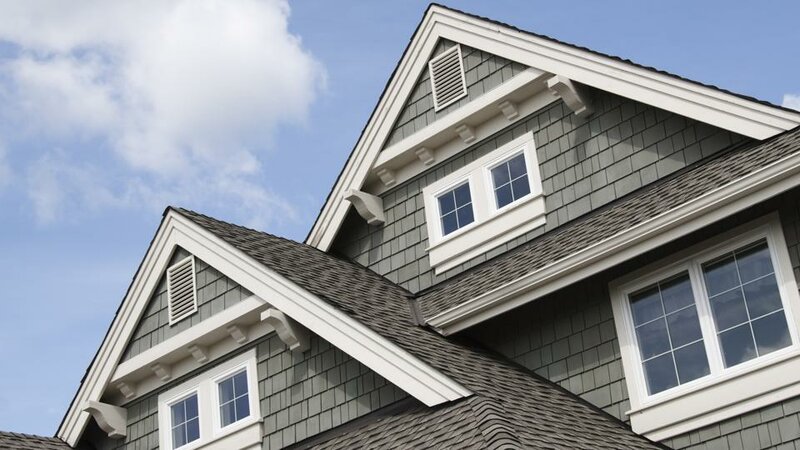Mortgage demand is experiencing a SIGNIIFICANT DECLINE as 30-year mortgage rates rise. Several interrelated economic factors primarily influence this situation.
## Rising Mortgage Rates
1. **Current Rate Trends**: As of mid-October 2024, the average interest rate for a 30-year fixed mortgage has climbed to approximately **6.55%**, marking a noticeable increase from lower rates earlier in the year[2][4]. This rise follows a brief period of declining rates that had reached a two-year low below 6% in September[3][4].
2. **Economic Indicators**: The recent increases in mortgage rates have been driven by robust economic data, particularly strong labor market reports, which have led to expectations that the Federal Reserve will adopt a cautious approach to future interest rate adjustments[2][4]. The Fed's monetary policy significantly influences mortgage rates, even though it does not set them directly.
3. **Market Reactions**: Following the Fed's recent decision to cut its benchmark interest rate by 50 basis points in September, there was an initial drop in mortgage rates. However, subsequent strong economic indicators have reversed this trend, causing rates to spike again[3][4].
## Declining Mortgage Demand
1. **Impact of Higher Rates**: As mortgage rates rise, borrowing becomes more expensive, which typically leads to reduced demand for mortgages. Higher costs discourage potential homebuyers from entering the market, resulting in fewer applications for loans[2][3].
2. **Affordability Concerns**: The combination of elevated home prices and rising mortgage rates has made homeownership increasingly unaffordable for many buyers. Experts predict that even with potential future reductions in rates, achieving affordability will remain a challenge due to persistent high home prices and low inventory levels[3][4].
3. **Market Adjustments**: The housing market is expected to continue adjusting as buyers and sellers respond to these economic conditions. While some analysts forecast that mortgage rates may eventually stabilize or decrease slightly by the end of the year, they caution that significant fluctuations are likely as new economic data emerges[2][3].
In summary, the interplay between rising mortgage rates driven by strong economic signals and declining demand due to affordability issues is shaping the current landscape of the housing market.
Citations:
[1]
https://www.brookings.edu/articles/why-have-mortgage-rates-fallen-and-where-are-they-headed/[2]
https://www.cnet.com/personal-finance/mortgages/mortgage-rates-go-up-for-homeseekers-mortgage-rates-for-oct-16-2024/[3]
https://www.forbes.com/advisor/mortgages/mortgage-interest-rates-forecast/[4]
https://www.investopedia.com/mortgage-rates-continue-rising-hitting-highest-level-since-july-oct-8-2 [login to see]
[5]
https://www.investopedia.com/30-year-mortgage-rates-continue-to-climb-oct-7-2 [login to see]
[6]
https://www.bankrate.com/mortgages/historical-mortgage-rates/[7]
https://www.washingtonpost.com/business/2024/09/12/mortgage-rate-drop/[8]
https://www.marketwatch.com/story/mortgage-demand-plunges-as-30-year-rate-surges-890bfb05


 Mortgage
Mortgage Economy
Economy Budget
Budget Housing
Housing


